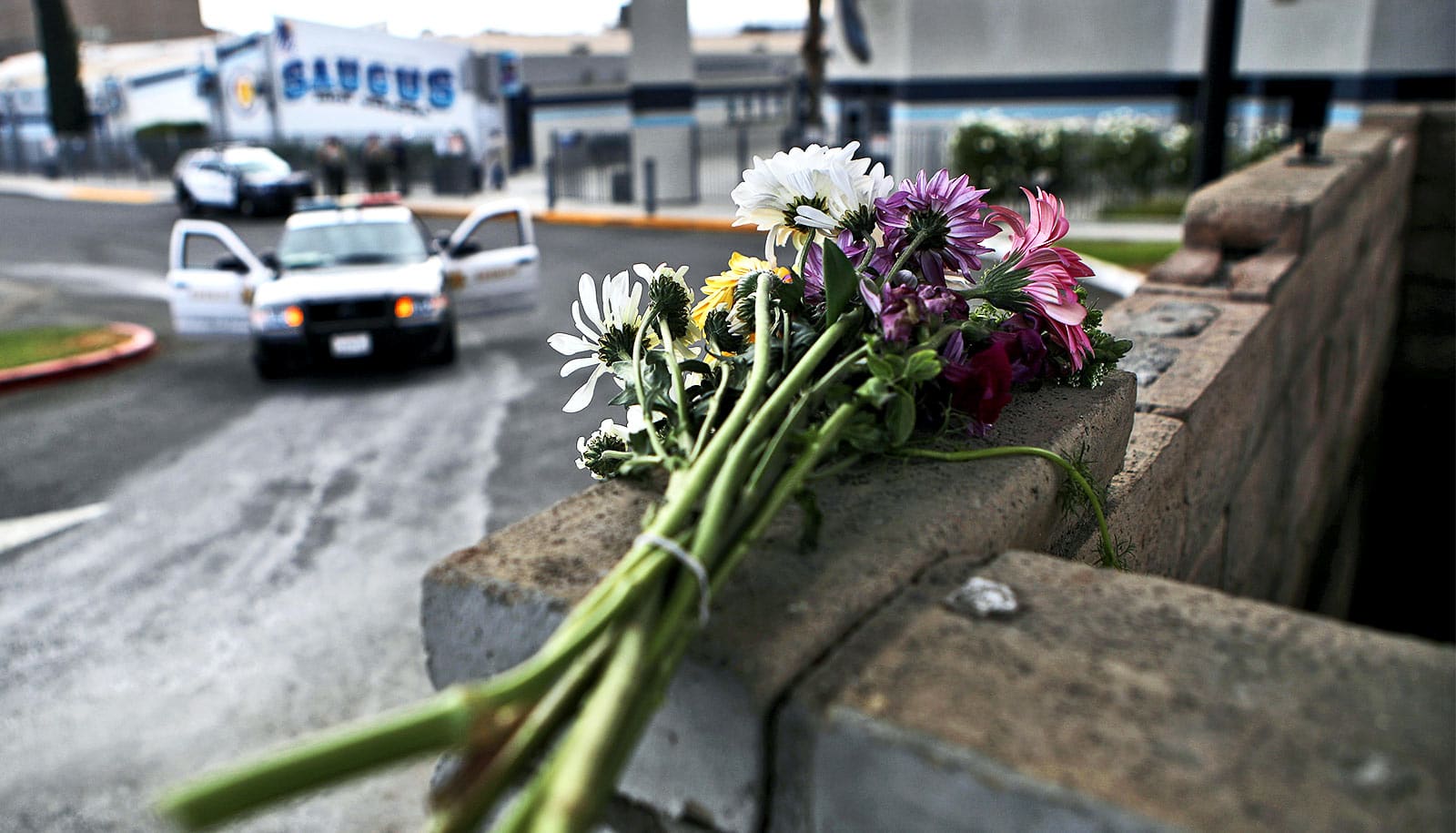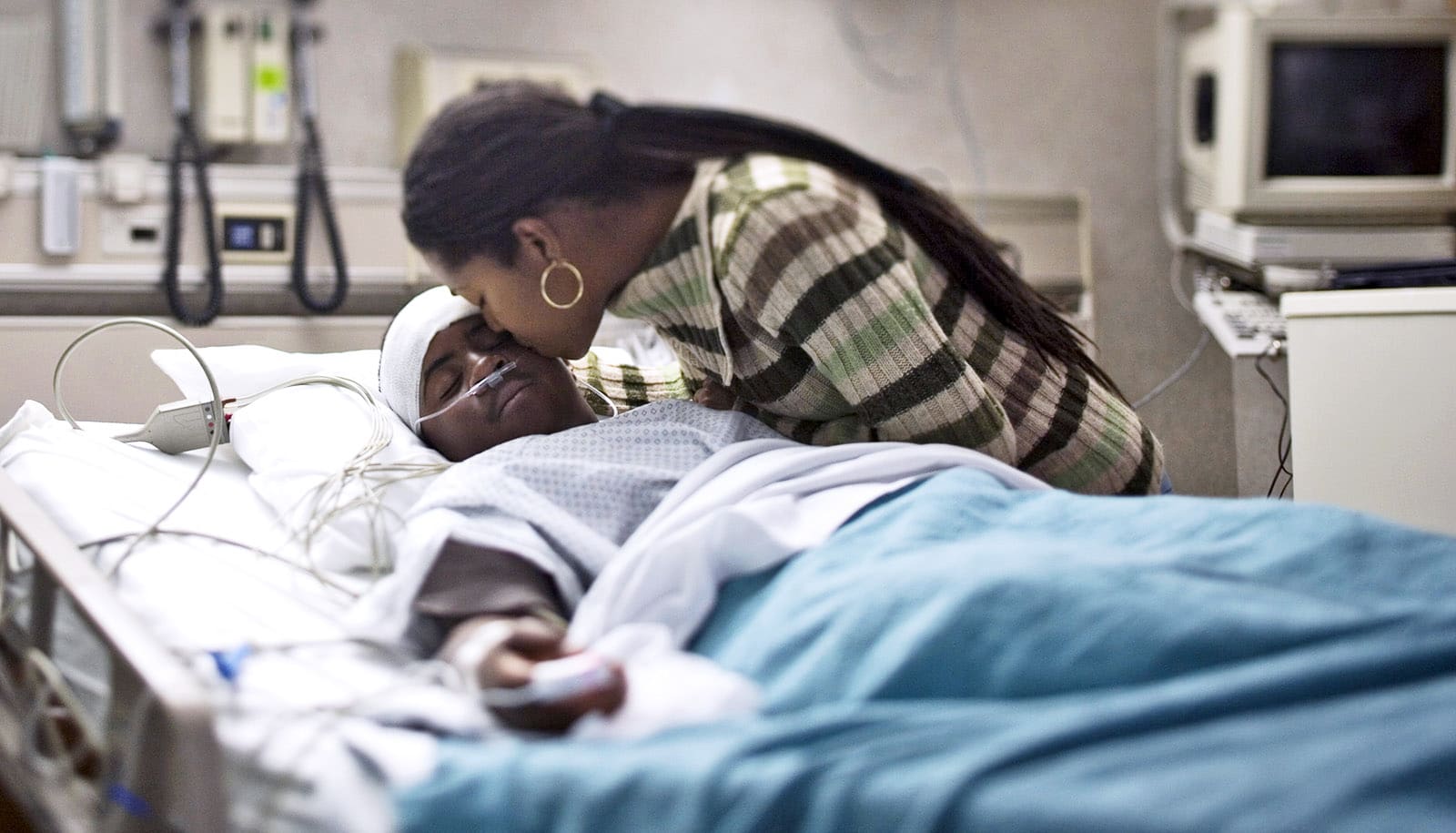Most child shooting victims are shot outdoors for unknown reasons and are likely not intentionally targeted, according to a new study.
Firearm injuries surpassed motor vehicle accidents as the leading cause of child deaths in 2020. Assault has become the most common cause of firearm injury among American children and adolescents, surpassing firearm suicide and accidental firearm injuries. However, very little research exists examining the circumstances behind these pediatric assaults.
For a new study in the Journal of Surgical Research, researchers examined cases of children who presented to St. Louis Children’s Hospital with firearm injuries from 2014 to 2017. The researchers found that 72% of these children were shot outdoors by an unknown shooter, whose motivation was unknown in 93% of cases.
“Prior research has often described pediatric firearms victims as victims of assault between people who are known to each other, which implies fault on the part of the victim,” says Mary Bernardin, assistant professor of clinical emergency medicine and pediatric emergency medicine at the University of Missouri School of Medicine.
“This research shows that in most cases children who are shot may not have been the intended target and that the victim and shooter are unknown to each other.”
According to the research, the most common circumstance was being shot outdoors by an unknown shooter with an unknown motivation. The second most common description was a drive-by shooting. These shootings are often described by victims as occurring while the child was doing outdoors activities, such as walking home from school, playing in the park, or sitting on the stoop of their house.
Fewer than 15% of shootings were obvious intentional assaults, which would include disputes or attempted robberies. Three high-risk incident ZIP codes in St. Louis City accounted for 40% of the shootings.
“Children residing in areas where shootings are frequently occurring are suffering an increasing number of firearm injuries and deaths,” says Bernardin.
“To better inform appropriate public policy interventions, we must understand why and how these shootings are happening. Most children are victims of circumstance simply because of the underlying conditions of the neighborhoods in which they live and not victims because of any actions of their own.”
Additional coauthors researchers are from Washington University School of Medicine in St. Louis and St. Louis Children’s Hospital. This study follows earlier research led by Bernardin finding that surges in COVID-19 infection rates were associated with an increase in the frequency and mortality of pediatric firearm injuries.
Source: University of Missouri



